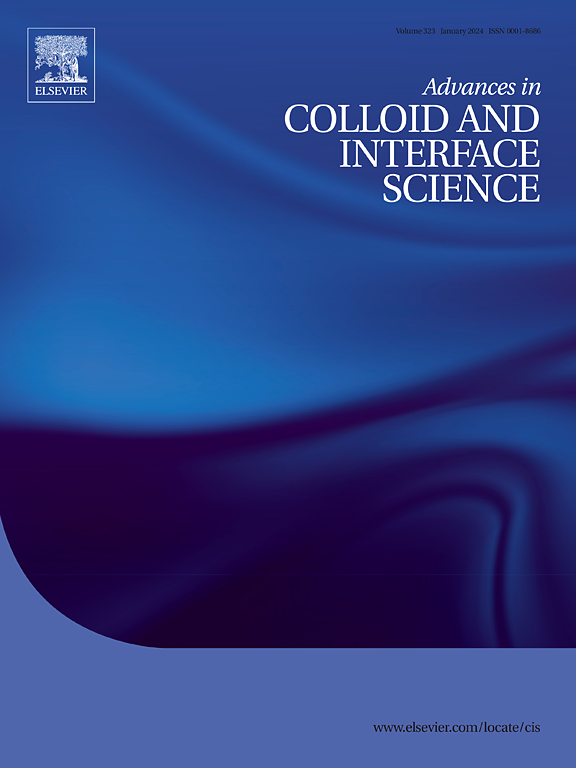Engineering colloidal systems for cell manipulation, delivery, and tracking
IF 15.9
1区 化学
Q1 CHEMISTRY, PHYSICAL
引用次数: 0
Abstract
Men-made colloidal systems are widely presented across various aspects of biomedical science. There is a strong demand for engineering colloids to tailor their functions and properties to meet the requirements of biological and medical tasks. These requirements are not only related to size, shape, capacity to carry bioactive compounds as drug delivery systems, and the ability to navigate via chemical and physical targeting. Today, the more challenging aspects of colloid design are how the colloidal particles interact with biological cells, undergo internalization by cells, how they reside in the cell interior, and whether we can explore cells with colloids, intervene with biochemical processes, and alter cell functionality. Cell tracking, exploitation of cells as natural transporters of internalized colloidal carriers loaded with drugs, and exploring physical methods as external triggers of cell functions are ongoing topics in the research agenda. In this review, we summarize recent advances in these areas, focusing on how colloidal particles interact and are taken up by mesenchymal stem cells, dendritic cells, neurons, macrophages, neutrophils and lymphocytes, red blood cells, and platelets. The engineering of colloidal vesicles with cell membrane fragments and exosomes facilitates their application. The perspectives of different approaches in colloid design, their limitations, and obstacles on the biological side are discussed.

用于细胞操作、传递和跟踪的工程胶体系统
人造胶体系统广泛应用于生物医学科学的各个方面。有一个强烈的需求工程胶体定制其功能和性质,以满足生物和医疗任务的要求。这些要求不仅与尺寸、形状、作为药物输送系统携带生物活性化合物的能力以及通过化学和物理靶向进行导航的能力有关。今天,胶体设计更具挑战性的方面是胶体颗粒如何与生物细胞相互作用,如何被细胞内化,它们如何驻留在细胞内部,以及我们是否可以用胶体探索细胞,干预生物化学过程,并改变细胞功能。细胞追踪、利用细胞作为药物内化胶体载体的天然转运体,以及探索物理方法作为细胞功能的外部触发是研究议程中正在进行的主题。在这篇综述中,我们总结了这些领域的最新进展,重点介绍了胶体颗粒如何相互作用并被间充质干细胞、树突状细胞、神经元、巨噬细胞、中性粒细胞和淋巴细胞、红细胞和血小板吸收。利用细胞膜碎片和外泌体对胶体囊进行工程化,有利于其应用。讨论了不同的胶体设计方法的观点、它们的局限性和生物学方面的障碍。
本文章由计算机程序翻译,如有差异,请以英文原文为准。
求助全文
约1分钟内获得全文
求助全文
来源期刊
CiteScore
28.50
自引率
2.60%
发文量
175
审稿时长
31 days
期刊介绍:
"Advances in Colloid and Interface Science" is an international journal that focuses on experimental and theoretical developments in interfacial and colloidal phenomena. The journal covers a wide range of disciplines including biology, chemistry, physics, and technology.
The journal accepts review articles on any topic within the scope of colloid and interface science. These articles should provide an in-depth analysis of the subject matter, offering a critical review of the current state of the field. The author's informed opinion on the topic should also be included. The manuscript should compare and contrast ideas found in the reviewed literature and address the limitations of these ideas.
Typically, the articles published in this journal are written by recognized experts in the field.

 求助内容:
求助内容: 应助结果提醒方式:
应助结果提醒方式:


